Strobe Lighting vs Continuous Lighting: A Complete Guide
In photography, it doesn't matter what you're shooting -whether it's a portrait, a fashion editorial, or a product to use on your site; lighting is everything. Two types of lighting dominate the scene: strobe lighting and continuous lighting. They have their advantages and disadvantages, and knowing them can take your photography to the next level.
In this guide, we will break down the distinction between these two types of lighting, explain how to use each of them, and show you how to maximize your lighting's potential. We'll also share how tools like the HitPaw FotorPea Photo Enhancer can bring your images to life in post-production, especially when working in low-light conditions or adjusting for imperfect shots.
1. What is Strobe Lighting?
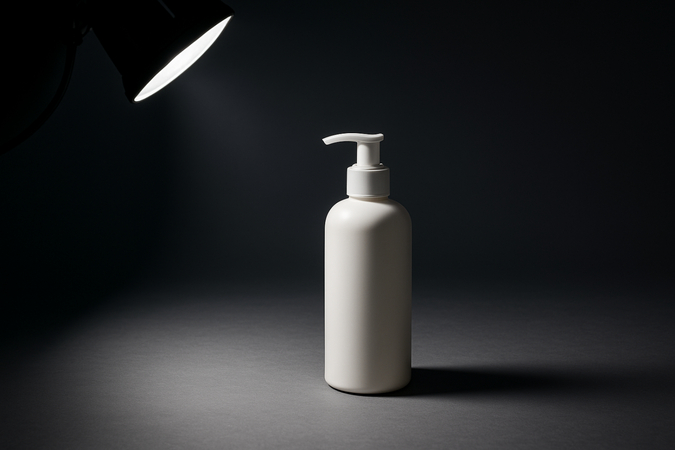
Strobe lighting, also known as flash lighting, radiates intense bursts of light for a very short duration. It's commonly used in studio photography or anywhere precise control over lighting is needed.
Strobes can freeze motion in mid-air, so they are used when photo drama in fashion is needed, for sports photographs, or for creating splashes in beverage advertising. The level of detail and sharpness that can be achieved with strobes has made them an almost universal tool used in editorial, beauty, and high-end commercial work by most professional photographers.
2. Pros of Using Strobe Lighting
Powerful and Bright (Good for Freezing Motion)
Strobes are powerful. They flash out a burst of intense light, which stops movement crisply - perfect for use in high-action scenes, such as action shots or to motion-stop hair on a model shoot.
Energy-Efficient Over Long Shoots
Strobes only flash when triggered, unlike continuous lighting, which remains on continuously. This increases their efficiency in terms of energy consumption when dealing with long shoots.
More Control in Studio Settings
Strobes can be used in conjunction with light modifiers, such as softboxes, grids, and beauty dishes, to provide control. This versatility is ideal for creating a range of lighting tones, from gentle portrait illuminations to hard-edged editorial shadows.
3. Cons of Using Strobe Lighting
Higher Learning Curve
Strobes can be a complex process for new users. Learning to use power ratios, light metering, and flash sync speed is essential for achieving consistency.
Expensive and Requires Additional Equipment
Strobe kits typically necessitate an investment in triggers, receivers, modifiers, and backup batteries. This has the potential to increase the total expenditure.
Flash May Scare Subjects
When the source of light is used in shooting portraits or pets, they can feel frightened by the unexpected light emitted. It may even break the natural sequence of the shoot, particularly when you are after casual expressions.
4. Enhance Your Photos with HitPaw FotorPea
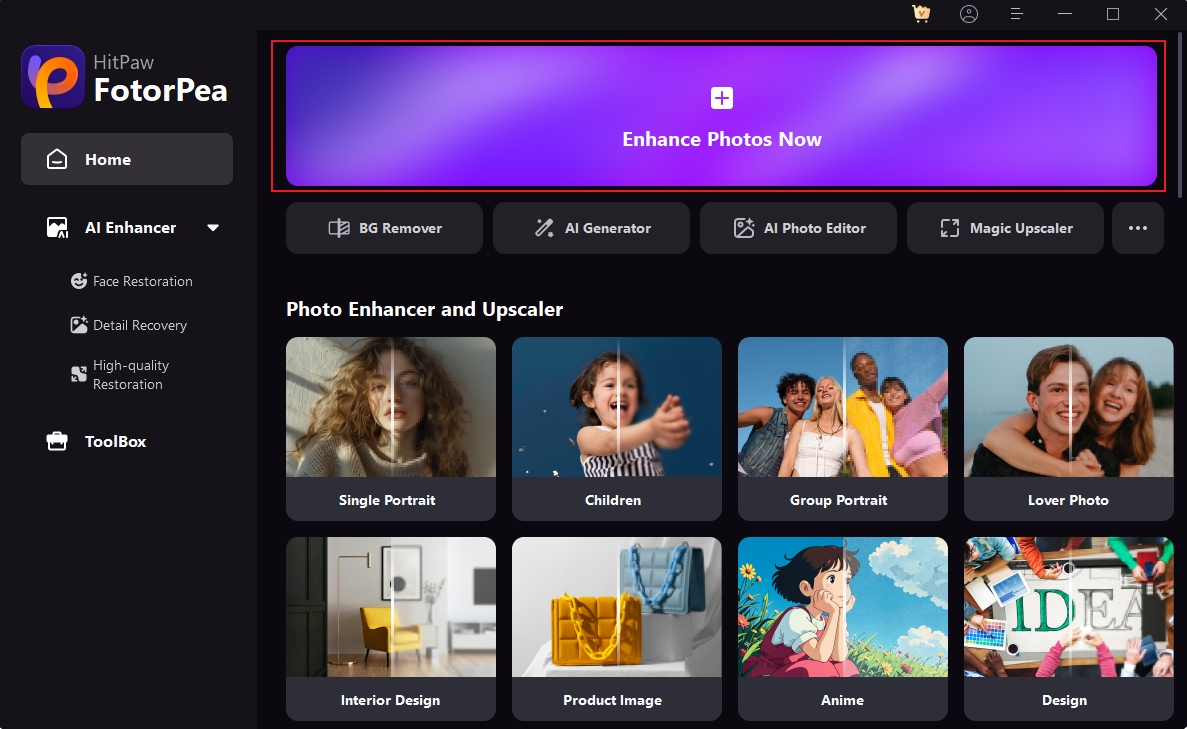
The lighting setup you use is only one step, whether you use strobes or continuous lights. It is just as important to edit.
That's where HitPaw FotorPea becomes invaluable. This photo editing tool, with the use of AI, aids:
- Sharpen blurry images caused by camera shake or insufficient light.
- Enhance textures and skin details in portraits for a more refined appearance.
- Remove noise and boost color contrast in low-light conditions.
The user interface is approachable by novices, but the outcome is professional. It best suits photographers who desire quality editing of their pictures without wasting those valuable hours on manual editing.
5. What is Continuous Lighting?
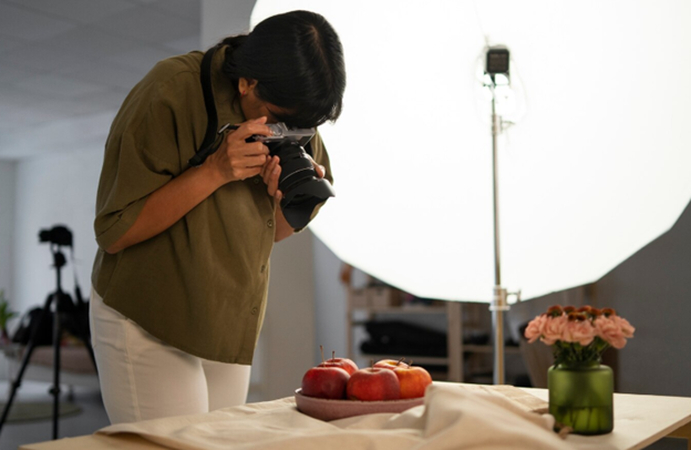
Continuous lighting casts a steady beam of light and stays on during the entire shoot. It is especially in videography and product photography because you get to see the effect of the light as it is.
Continuous lights come in various types: LED panels, fluorescent tubes, and tungsten lights.
They differ in ease of use, brightness, and color temperature.
6. Pros of Using Continuous Lighting
Easier to Use and Beginner-Friendly
You can see the effects of the light on your subject because the light will still be on. This helps novices know where to place their lights without trial and error.
Useful in Video or Product Photography
In video, strobes are ineffective, because they cannot repetitively light at video rate. Smooth and even lighting requires the use of continuous lights. They are also excellent in still photography, particularly with reflective surfaces and details when capturing small products.
You Can Preview Shadows and Highlights in Real Time
You can immediately assess the interaction of light with facial characteristics, background items, and surfaces. This facilitates on-the-spot creative decision making.
7. Cons of Using Continuous Lighting
May Cause Heat and Discomfort
Standard halogen or tungsten bulbs can become uncomfortably warm, particularly when used for extended periods. However, with newer LED boards, this problem cannot be reduced as significantly.
Not as Powerful for Freezing Fast Motion
Unless you crank your ISO, since continuous lights do not produce a strobe-type effect that freezes action, you can end up with photos having motion blur in high-speed photography.
Energy Consumption is Higher
Ongoing setups will use more power because the light is always on. This might come into play when there are long sessions or the usage of more than one light.
8. Key Differences Between Strobe and Continuous Lighting
Brightness and Power Output
Strobes provide a lot more light in an immediate pulse, making them perfect for halting action or when ambient light is extreme. Constant light sources tend to have less intensity, although this is also narrowing with LED source panels at high-end ranges.
Real-Time Preview
That which you see is that which you get with continuous lights. This is what makes them more predictable. Strobes, conversely, are similar to this, and they often require test shots to determine how light will impact your scene.
Portability and Power Source
The latest LED lights are also portable, as they are lightweight and can run on batteries, making them suitable for use in outdoor shoots. Few strobes are also portable, although they are usually chunkier and require special battery packs.
Cost and Setup
LED continuous lights at the entry-level are commonly less expensive to purchase and install. The strobe systems are of a more professional quality and need further investment and time to learn.
9. When to Use Strobe Lighting
Best Scenarios
- Studio Photography
- Fashion/Editorial Shoots
- Freezing Fast-Moving Subjects
When the environment is controlled, the strobes will enable you to control all the light sources, including highlights and background spill.
Straight, strident, and defined--strobes produce that look of a magazine cover.
The ultra-short burst of light is benefiting sports, dance, or music by helping to move pieces.
10. Pro Tips for Strobe Use
Use Modifiers (Softboxes, Umbrellas) for Softening Light
These instruments are used to soften harsh shadows and produce flattering, even light on portraits.
Practice Syncing Techniques
Learn how to synchronize your flash speed with the shutter speed to achieve consistently exposed photos. The process can be simplified with the help of wireless triggers that support TTL (Through-The-Lens).
11. When to Use Continuous Lighting
Best Scenarios
- Video Content Creation
- Product Photography
- Beginners Practicing Lighting Setups
Be it YouTube, online courses, or interviews, the constant light will keep the video smooth and free of flickering.
Products require meticulous lighting to bring out texture, gloss, and shape. Continuous lighting allows you to adjust highlights and reflections in real-time.
The "what you see is what you get" nature of continuous light makes it an excellent learning tool.
12. Pro Tips for Continuous Use
Use LED Panels to Reduce Heat
Choose an LED light that is daylight-balanced. Traditional tungsten is hot and wastes a lot of energy when compared to it.
Experiment with Lighting Angles in Real Time
Relocate your lighting as you place it and notice the shadow. This helps you establish a strong foundation for professional arrangements.
13. Lighting Gear Recommendations
Entry-Level Kits
- Best Strobes: Godox SK400II, Neewer Vision4
- Affordable Continuous: Neewer 660 LED Kit, GVM 800D RGB LEDs
These kits are ideal for beginners and include essential accessories such as light stands, softboxes, and carrying cases.
Mid-to-High Range Gear
- Strobe Brands: Profoto B10X, Broncolor Siros, Godox AD600 Pro
- LED Panels: Aputure 120D II, Rotolight AEOS, Nanlite Forza
These systems offer more power, better build quality, and wireless controls-perfect for advanced users and professionals on the go.
Final Thoughts
The answer depends on your photography goals. If you want high control and sharpness, and work in a studio, opt for strobe lighting. If you're a beginner, shoot videos, or work on the go, continuous lighting may be a better choice.
In any case, don't forget the power of post-production. A tool like HitPaw FotorPea Photo Enhancer can make your lighting choices shine even brighter.
FAQs
Q1. Is strobe lighting better than continuous for portraits?
A1. Yes. Strobes provide better control, sharper results, and superior shadow shaping.
Q2. Can I use continuous light for outdoor shoots?
A2. Yes, especially battery-powered LEDs. Just ensure the ambient light doesn't overpower your setup.
Q3. Do professionals prefer strobes or LEDs?
A3. It depends. Strobes are widely used in fashion and commercial photography. LEDs dominate video and product photography.
Q4. What's the best beginner lighting kit?
A4. Start with the Godox SK400II (strobe) or Neewer 660 LED Kit (continuous). Both are affordable and beginner-friendly.











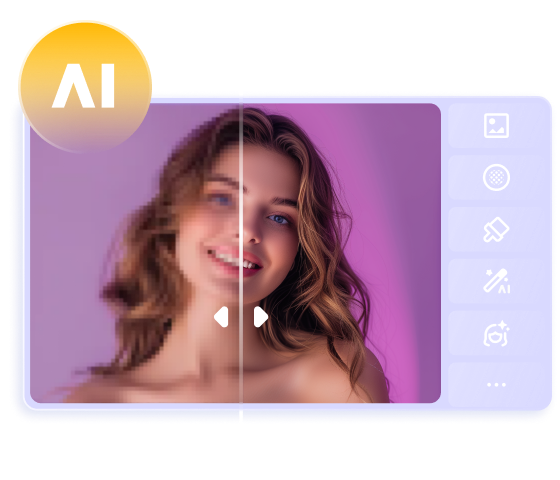
 HitPaw Univd (Video Converter)
HitPaw Univd (Video Converter)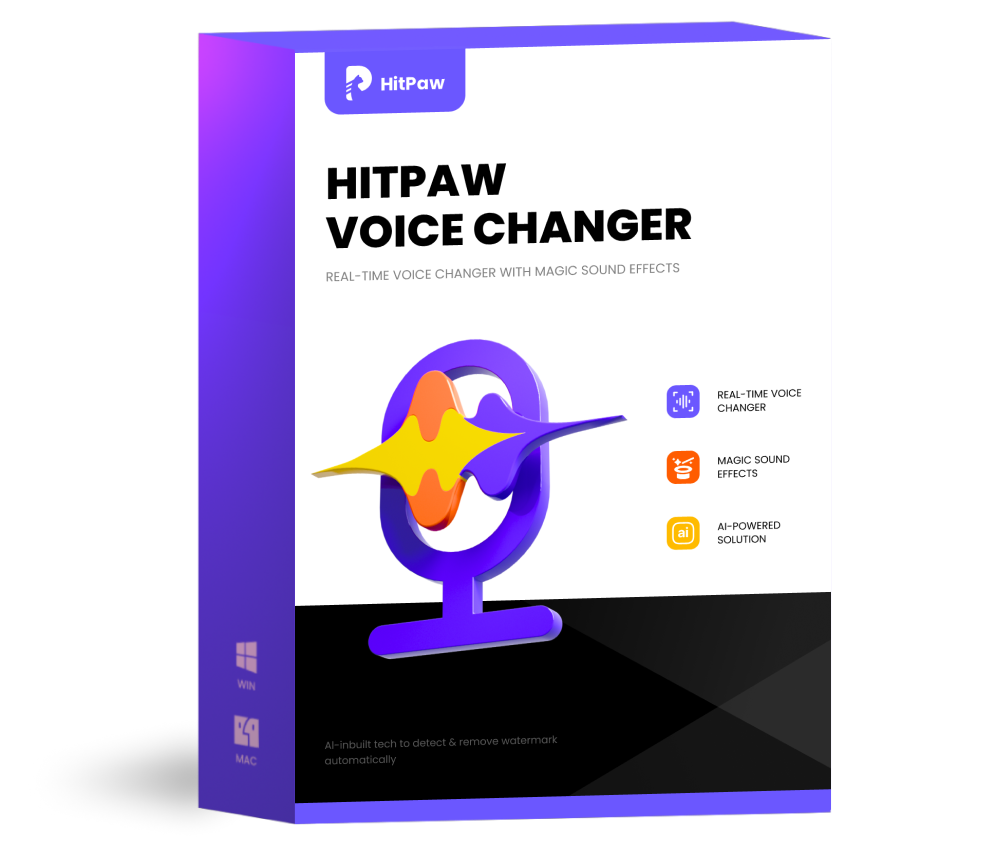 HitPaw VoicePea
HitPaw VoicePea 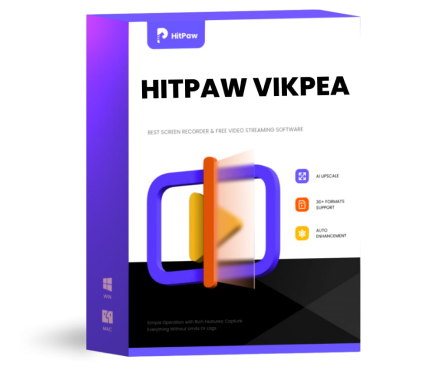 HitPaw VikPea (Video Enhancer)
HitPaw VikPea (Video Enhancer)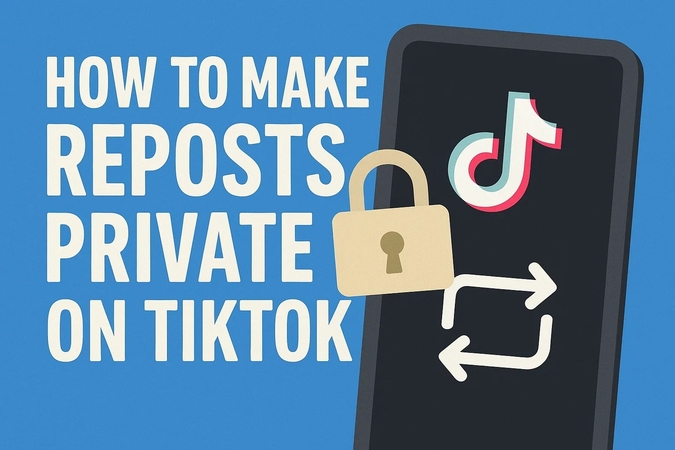



Share this article:
Select the product rating:
Daniel Walker
Editor-in-Chief
This post was written by Editor Daniel Walker whose passion lies in bridging the gap between cutting-edge technology and everyday creativity. The content he created inspires the audience to embrace digital tools confidently.
View all ArticlesLeave a Comment
Create your review for HitPaw articles